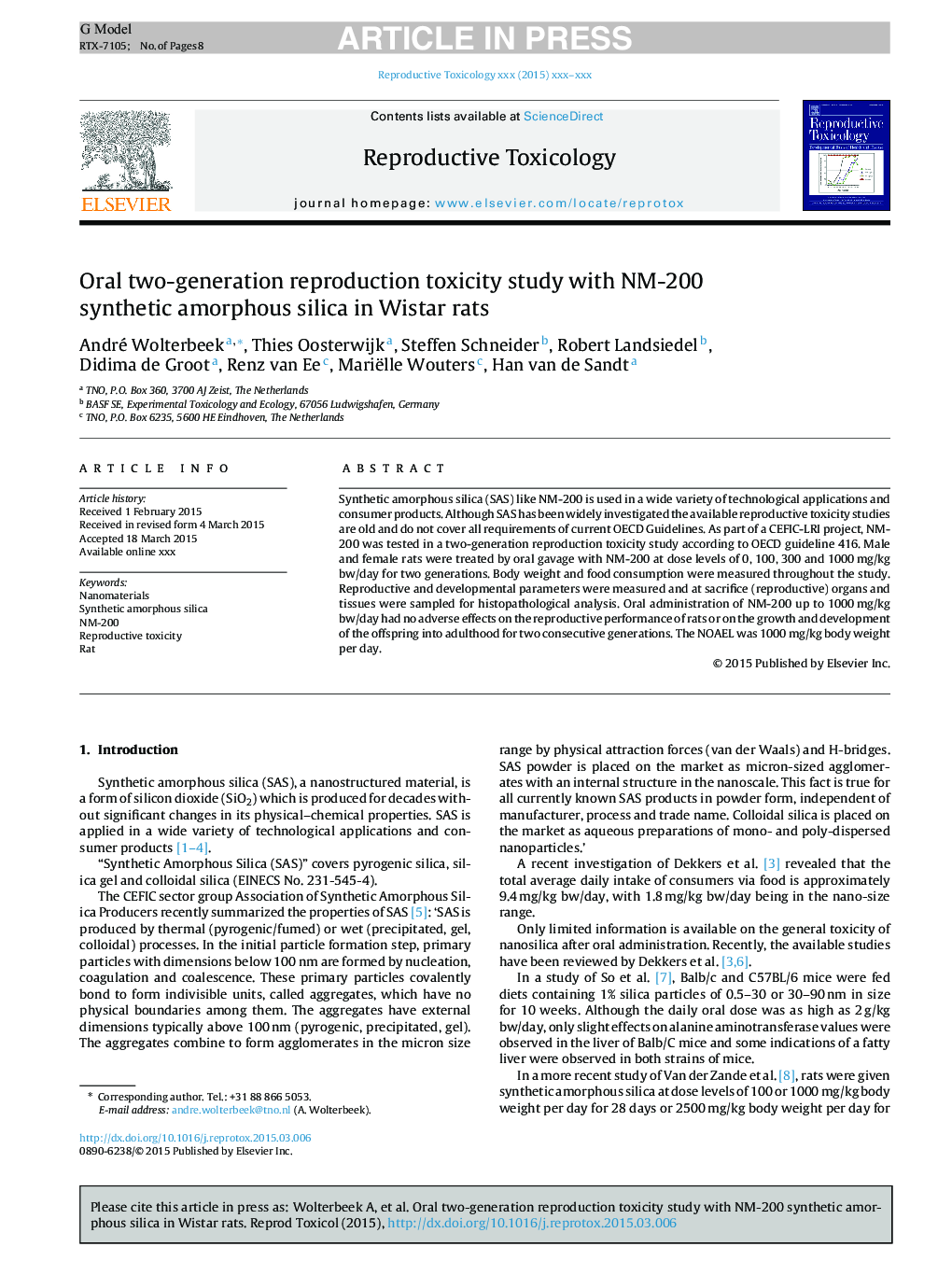| کد مقاله | کد نشریه | سال انتشار | مقاله انگلیسی | نسخه تمام متن |
|---|---|---|---|---|
| 6590899 | 456863 | 2015 | 8 صفحه PDF | دانلود رایگان |
عنوان انگلیسی مقاله ISI
Effect of free volume redistribution on the diffusivity of water and benzene in poly(vinyl alcohol)
ترجمه فارسی عنوان
اثر توزیع مجدد حجم آزاد بر انتشار نفوذ آب و بنزن در پلی وینیل الکل
دانلود مقاله + سفارش ترجمه
دانلود مقاله ISI انگلیسی
رایگان برای ایرانیان
کلمات کلیدی
پلی وینیل الکل)، دینامیک مولکولی، اب، بنزن، حجم آزاد، ضریب خودپیدیزاسیون،
موضوعات مرتبط
مهندسی و علوم پایه
مهندسی شیمی
مهندسی شیمی (عمومی)
چکیده انگلیسی
We used molecular dynamics simulation to study the diffusion of two selected penetrants, water and benzene, in poly(vinyl alcohol) (PVA) over a wide range of temperatures and concentrations to gain insights into their diffusion mechanisms under different conditions. To help understand the effect of free volume on the diffusion behavior of water and benzene, we used the technique of Voronoi tessellation to determine key characteristics of free volume redistribution. Unlike the Connolly surface analysis method, Voronoi tessellation yields information not only on the mean fractional free volume but also on the size distribution of the free volume surrounding each penetrant molecule and its time evolution. In the case of water, we showed that it was the free volume redistribution frequency that led to an observation, previously reported in the literature, that the self-diffusion coefficient of water increases with increasing water concentration despite the fact that increase in water concentration decreases the mean fractional free volume in PVA. In the case of benzene (non-polar) diffusing in PVA (polar), we demonstrated that the failure of the Macki-Meares model was not entirely due to the dissimilarity between the intermolecular interactions. Rather, one of the reasons was the inability of the benzene molecules to break the hydrogen bonds between the PVA chains which are essential to increase the polymer segments mobility. Higher polymer segmental mobility is needed to create larger fluctuations in free volume holes for benzene to diffuse. This would in turn prevent the benzene molecules, with a relatively larger size compared to water molecules, from diffusing by a fluid-like streaming mechanism that is required by the model. In fact, the Macki-Meares model also failed for water at low temperatures and concentrations, as water diffused by a hopping mechanism under such conditions.
ناشر
Database: Elsevier - ScienceDirect (ساینس دایرکت)
Journal: Chemical Engineering Science - Volume 121, 6 January 2015, Pages 258-267
Journal: Chemical Engineering Science - Volume 121, 6 January 2015, Pages 258-267
نویسندگان
A. Noorjahan, P. Choi,
